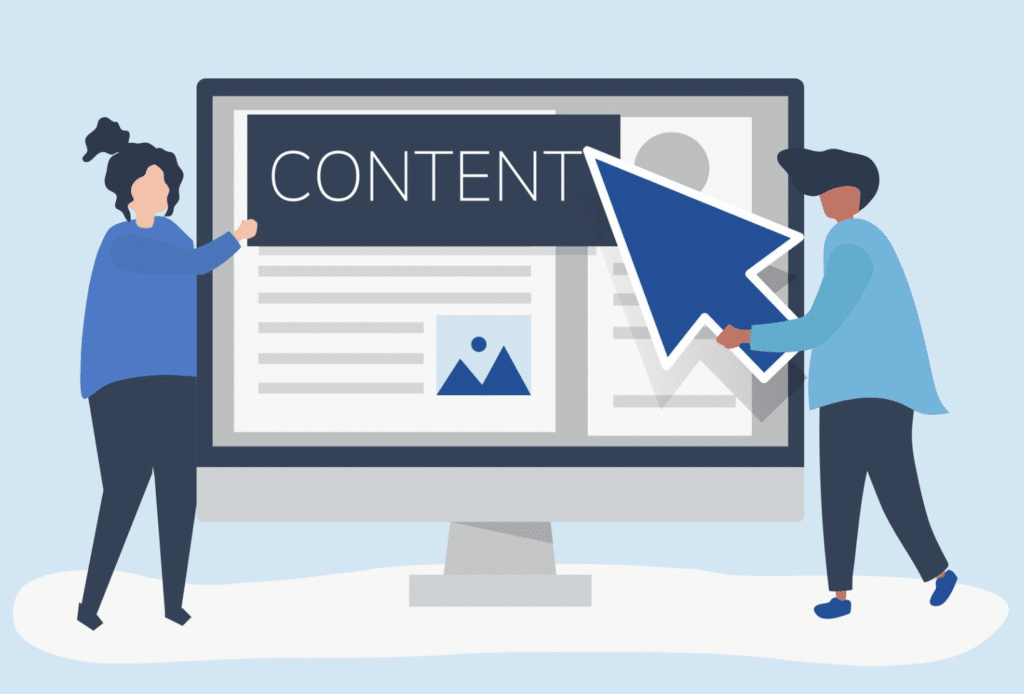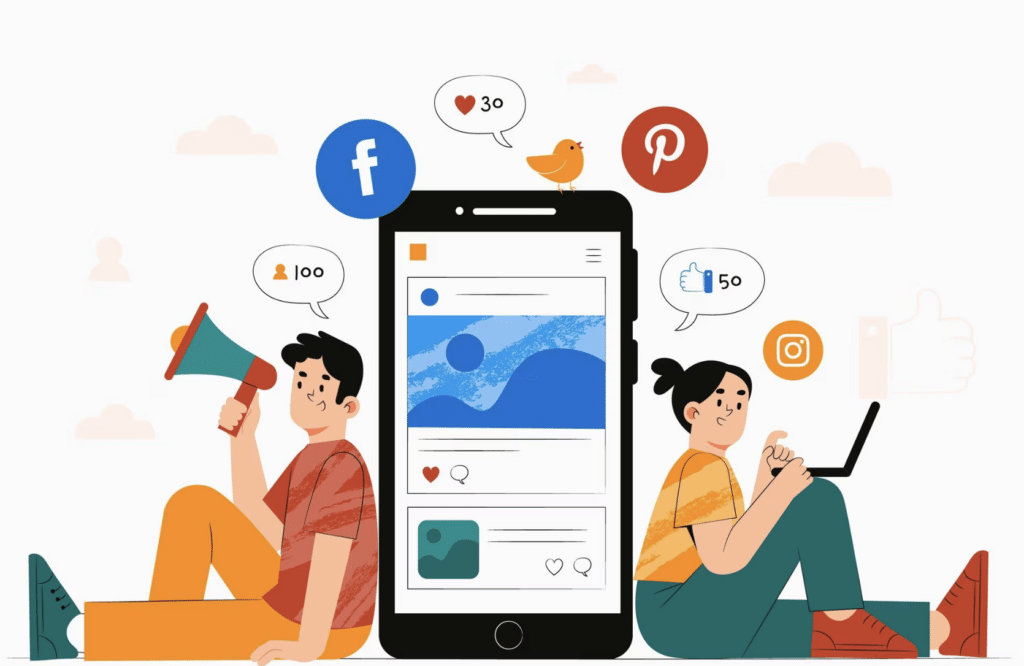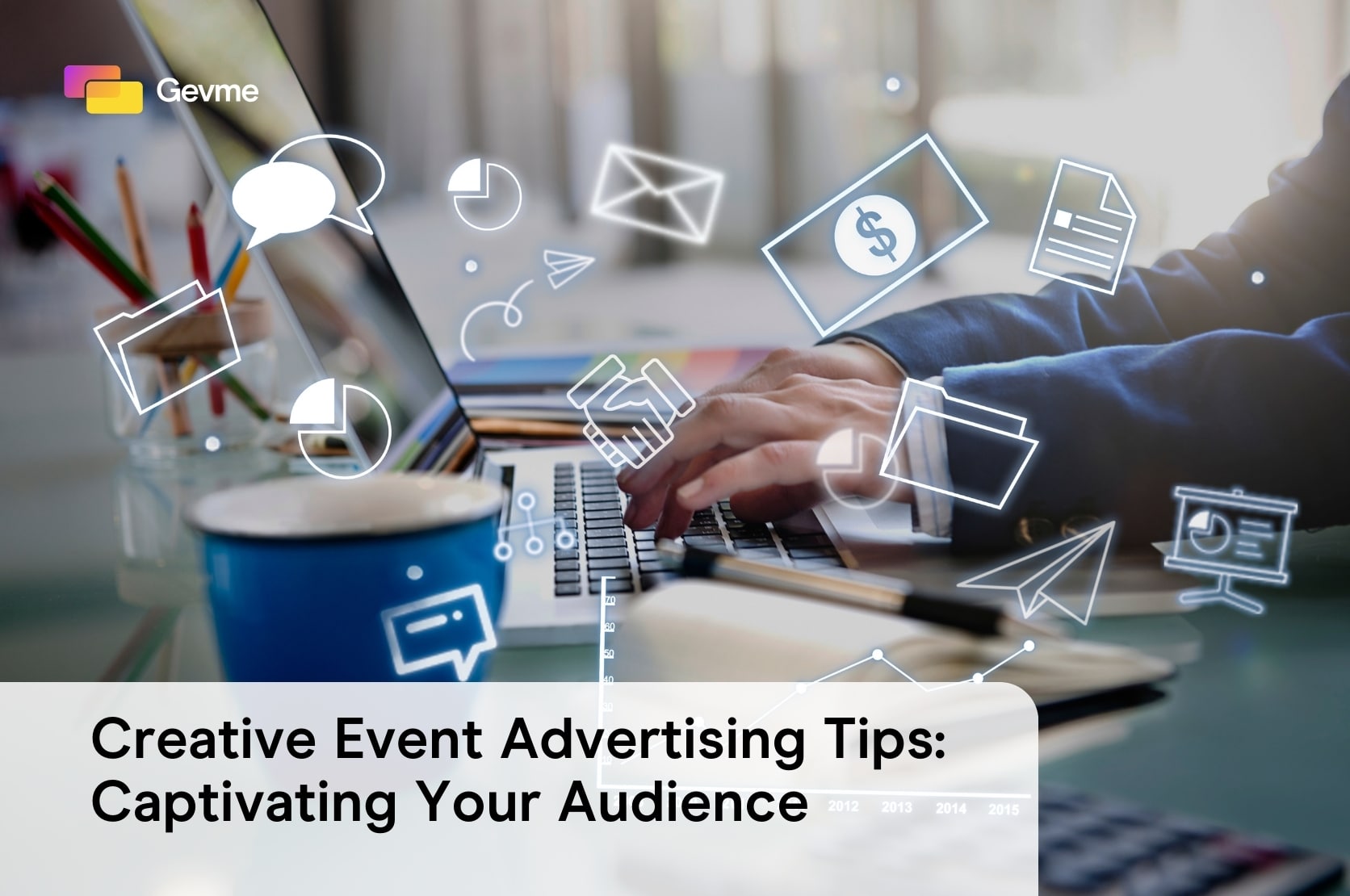In the bustling world of event management, the essence of making an event stand out lies significantly in its promotion. Creative event advertising plays a crucial role in capturing the attention of potential attendees and setting the tone for what they can expect.
This blog delves into the strategies and approaches for crafting engaging content that not only resonates with your audience but also amplifies the reach and appeal of your event. From understanding your audience to leveraging the latest digital tools, we will explore how to create content that truly captures the essence of your event and drives interest and attendance.

Understanding Your Audience
Knowing your audience is key in developing effective creative event advertising:
- Identify Your Target Audience: Beyond basic demographics, delve into the psychographics of your audience, like their values, hobbies, and lifestyle choices. This comprehensive understanding helps in crafting messages that truly resonate.
- Detailed Audience Segmentation: Break down your audience into more specific groups for nuanced targeting. Consider factors like previous event attendance, engagement levels, and specific interests to create content that appeals to each segment.
- Leveraging Advanced Analytics Tools: Utilize sophisticated analytics tools to gather data on audience behaviour, such as their online browsing patterns, content preferences, and engagement history with similar events.
- Analyzing Feedback and Engagement: Look at feedback and engagement from previous events for patterns and trends. This includes reviewing comments, ratings, and participation levels to understand what aspects were most and least appealing to the audience.
- Social Media Listening: Implement social media listening to capture the broader sentiment and trends within your target audience. Monitor hashtags, trends, and discussions relevant to your event’s theme or industry.
- Surveys and Questionnaires: Design detailed surveys or questionnaires to gather specific insights. Ask about preferred event formats, topics of interest, and what they look to gain from attending events.
- Competitor Analysis for Industry Benchmarking: Analyze competitors’ event advertising strategies in detail. Look at their messaging, visual tactics, and the platforms they use, and gauge audience reactions to these strategies.

Types of Engaging Content
Diversifying content types is crucial for effective creative event advertising:
- Promotional Videos and Teasers: Craft videos or teasers with captivating storytelling, highlighting unique aspects of the event, special guests, or exclusive experiences. Use a mix of interviews, animations, and live footage to make these videos engaging and sharable, serving as powerful tools in creative event advertising.
- Informative Blog Posts: Develop comprehensive blog posts that provide detailed insights into the event’s theme, benefits, and unique offerings. Incorporate SEO strategies to improve visibility and use a narrative style that resonates with your target audience, enhancing the effectiveness of your event advertising.
- Interactive Infographics: Create infographics that are not only informative but also interactive, allowing users to engage directly with the content. Use compelling designs and interactive elements to explain complex information in a simple, visually appealing manner, adding value to your creative event advertising strategy.
- Behind-the-Scenes Content: Offer a genuine look behind the curtain of event preparations, showcasing the effort and dedication that goes into organizing the event. This authentic approach in your creative event advertising helps build trust and anticipation among potential attendees.
- Testimonials and Success Stories: Utilize testimonials and stories from past events to demonstrate the real impact and value of attending. Highlighting these authentic experiences in your creative event advertising can significantly boost credibility and interest.
- Engaging Social Media Posts: Design social media posts that are not just visually appealing but also encourage interaction. Use questions, polls, and challenges to engage your audience, making your event advertising more dynamic and participatory.
- Email Newsletters: Craft email newsletters that offer exclusive content, such as early bird offers, sneak peeks, or interviews with key speakers. Personalize these newsletters to different audience segments, ensuring your event advertising resonates more effectively with each group.

Leveraging Social Media Platforms
Maximizing the potential of social media is crucial in creative event advertising:
- Choosing the Right Platforms: Determine the most effective social media platforms for your event based on your target audience. For example, LinkedIn is ideal for professional and industry-specific events, while Instagram is great for visually-driven content.
- Creating Shareable Content: Develop content that stands out and encourages sharing, like eye-catching graphics, engaging videos, or interactive polls. The goal is to create posts that not only inform about the event but also entice users to share them in their networks.
- Capitalizing on Trends and Hashtags: Stay updated with current social media trends and incorporate relevant hashtags. This approach helps in tapping into wider conversations and reaching potential attendees who are following these trends or hashtags.
- Engaging with Followers: Foster a community around your event by engaging with your social media followers. This includes responding to comments, acknowledging shares, and possibly even featuring user-generated content related to your event.
- Leveraging Influencer Partnerships: Collaborate with influencers or industry leaders who can amplify your message. Their endorsement can add credibility and greatly increase your event’s visibility.
- Consistency in Posting: Keep your audience engaged and informed with a regular and consistent posting schedule. Regular updates about the event, interesting teasers, and countdowns can keep the excitement going.
- Analyzing Social Media Metrics: Use analytics tools to track the performance of your social media content. Analyzing metrics such as engagement rates, click-through rates, and shares can provide valuable insights for refining your strategy.

Storytelling and Emotional Connection
Enhancing storytelling and emotional connections can significantly impact creative event advertising:
- Developing a Compelling Narrative: Craft a story that encapsulates the essence of your event. This might include the inspiration behind the event, its journey, and the unique experiences it offers. A well-told story can captivate potential attendees and create a memorable image of the event.
- Creating Deep Emotional Resonance: Utilize emotional storytelling that connects with your audience on a personal level. Stories that evoke feelings like excitement, inspiration, or community can create a lasting impression and a deeper connection with your event.
- Real-Life Testimonials and Stories: Include authentic testimonials and stories from previous attendees. These personal accounts can add credibility and relatability, making the emotional appeal of your event more tangible and convincing.
- Visual Storytelling for Enhanced Impact: Use compelling visuals to complement your narrative. Whether it’s through photographs, videos, or graphic designs, visuals can powerfully convey the mood and energy of your event, enhancing the storytelling.
- Aligning Stories with Brand Values: Ensure that your narratives reflect the core values of your brand and event. This alignment helps in building a consistent and trustworthy image that resonates with your target audience.
- Engaging Audiences with Interactive Storytelling: Incorporate interactive elements in your digital storytelling. This could include social media features, interactive web elements, or augmented reality experiences that invite the audience to be part of the story.
- Consistent Storytelling Across Channels: Maintain a coherent and consistent narrative across all your advertising platforms. This consistency strengthens your story, making it more impactful and recognizable to your audience.

Visual Appeal and Branding
Visual elements are crucial in enhancing the appeal of creative event advertising:
- Emphasizing High-Quality Visuals: Use of high-resolution, professionally shot images and graphics is essential. Quality visuals not only attract attention but also communicate the caliber and professionalism of your event, setting a standard for what attendees can expect.
- Maintaining Brand Consistency in Visuals: Ensure every piece of visual content – from social media graphics to promotional posters – adheres to your brand’s visual identity. This consistency in colors, fonts, imagery, and overall aesthetic helps in reinforcing brand recognition and creating a coherent visual narrative.
- Creating Standout Visual Content: Design content that is visually striking and unique. Employ creative layouts, innovative designs, and eye-catching color schemes. This could include animated graphics, themed visuals aligned with the event, or creative typography that captures the essence of your event.
- Effective Utilization of Video Content: Videos are a dynamic way to engage your audience. Develop captivating event teasers, informative speaker interviews, or compelling stories from past events. Ensure these videos are professionally edited and visually align with your branding.
- Optimizing Visuals for Social Media: Adapt your visual content for different social media platforms, considering each platform’s unique format and audience. For instance, Instagram demands high-quality, visually appealing images, while Twitter visuals should be more focused on conveying information quickly and succinctly.
- Incorporating Innovative Design Elements: Experiment with cutting-edge design elements such as augmented reality experiences, interactive infographics, or animated visuals to engage your audience in novel ways and make your event stand out.
- Iterative Approach to Visual Strategy: Regularly collect feedback on your visual content. Be open to iterating and refining your approach based on what resonates with your audience. This feedback loop can greatly enhance the effectiveness of your visual event advertising.
Interactive and User-Generated Content
Incorporating interactive and user-generated content is a dynamic approach in creative event advertising:
- Encouraging Audience Participation: Foster active audience participation by creating interactive content such as polls, quizzes, and online contests. This engagement not only maintains interest but also gives attendees a sense of involvement and contribution to the event’s narrative.
- Leveraging User-Generated Content: Motivate attendees to share their own content related to the event, like photos or personal experiences, on social media using specific event hashtags. User-generated content not only widens your reach but also lends authenticity to your advertising efforts.
- Gamification for Enhanced Engagement: Incorporate gamification elements like online scavenger hunts, leaderboard challenges, or reward-based activities. These can be linked to various stages of the event promotion, keeping the audience engaged over a longer period.
- Real-Time Engagement During the Event: Utilize tools for live interaction, such as live tweeting sessions, streaming parts of the event, or hosting real-time Q&A sessions. This keeps the online audience involved and can attract further interest.
- Showcasing Positive Experiences and Feedback: Regularly feature positive reviews and feedback from past attendees. Sharing these experiences can build trust and credibility, encouraging new attendees to register.
- Using Interactive Digital Tools: Implement cutting-edge tools like augmented reality experiences or interactive digital brochures to provide an immersive pre-event experience. This can help in building excitement and anticipation for the event.
- Community Building Through Shared Content: By featuring user-generated content, you can foster a sense of community among your audience. This approach helps in building a network of engaged and connected individuals who share a common interest in your event.

Measuring Content Effectiveness
Evaluating the impact of content in creative event advertising is critical for ongoing success:
- Using Analytics Tools: Utilize advanced digital analytics tools to comprehensively track key engagement metrics such as click-through rates, shares, and time spent on your content. These tools can provide a wealth of data, offering insights into how your audience interacts with your content.
- Engagement Analysis: Delve deeply into audience interaction with your content. Identify which formats, styles, and topics garner the most engagement, and understand the nuances of how different audience segments respond.
- Conversion Rate Tracking and Analysis: Keep a close eye on how effectively your content converts viewers into attendees. Analyzing registration and ticket sales data in relation to content release dates can offer valuable insights into the direct impact of your creative event advertising.
- Feedback Collection: Actively collect feedback from your audience on the content. Utilize surveys, social media polls, and direct engagement to gather opinions and suggestions, which can be invaluable for refining your strategy.
- A/B Testing for Content Optimization: Conduct A/B testing with varying content types, styles, and messaging to determine which combinations are most effective. This approach allows for data-driven decisions in crafting your creative event advertising.
- Monitoring Social Media Metrics: Carefully monitor and analyze social media metrics, including likes, comments, and shares. These metrics can be indicative of how well your content resonates with your audience and can influence future creative event advertising strategies.
- ROI Analysis: Conduct a thorough ROI analysis of your advertising content. Consider both the financial investment and the time and resources spent on creating the content, and weigh these against the engagement and conversions achieved.
Conclusion
Crafting engaging content is a cornerstone in the art of event promotion. From understanding your audience to leveraging diverse content forms and measuring their effectiveness, each step is pivotal in creating a successful promotional campaign. Gevme, with its comprehensive suite of event management tools, provides the necessary insights to craft and distribute impactful content, ensuring that your event stands out in a crowded market. In the realm of creative event advertising, the power of storytelling, visual appeal, and interactive content cannot be understated. These elements, when combined effectively, can transform an event from just another entry in the calendar to a noteworthy and appealing experience.








